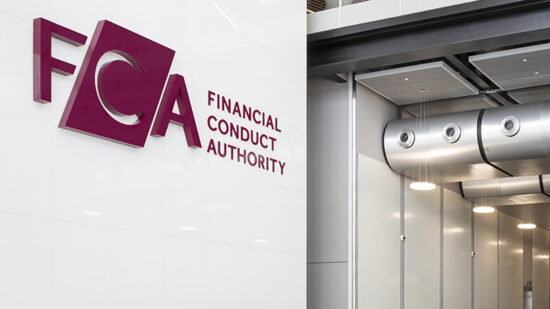Even before the financial crisis, understanding the level of investment risk that a client should take onboard safely was a solid grounding for building a diversified portfolio of investments that protect and grow capital. Today, it’s more important than ever.
Technology has certainly provided the tools to help. Our increased ability to analyze and measure the volatility of a wider range of investments has given us access to fund ratings that are more reliable, as well as the birth of risk-targeted funds that aim to match the risk profile of a client much easier. This increased emphasis on risk rating has also been increasingly adopted by regulators to ensure that investors stay within their investment risk comfort zone.
But at the same time we must not lose sight of the fundamentals; the client. And as most of us on the front line of advising know, pigeon-holing clients is never an exact science. Yes, we can insist on the completion of questionnaires and psychometric tests to find the most likely risk profile of a client. But it’s simply that; the most likely risk profile at that point and nothing more.
Clients’ lives are dynamic. Financial circumstances change and with it does a client’s risk profile. Some clients may well come out as ‘low risk’ when questioned, but are happy with the higher level of risk they have taken on board. Other clients may come out as able to cope with a higher risk investment strategy, but are not willing to do so.
And just as clients’ lives are dynamic, so are investments. Many would consider putting money on deposit in a bank the lowest form of risk. That is unless the bank fails. A change in the economic landscape and financial product evolution mean that what is considered a low risk investment in one economic period, may not be so low risk in another. As such, understanding the timeframe in which volatility is being measured is crucial, as it can either include or ignore an asset class’s reaction to extraordinary events such as financial crashes or investment bubbles. Different timeframes will produce different risk ratings.
It’s therefore important not to become blinkered by risk ratings, nor to put 100% of trust in them. This may sound obvious, but with the increased emphasis on the use of risk ratings by fund management groups and regulators alike, it may not be such an easy thing to achieve in an increasingly compliance-led world.
The key is achieving the right balance. So by all means let’s use whatever risk rating tools are currently out there to help investors, but let’s not allow the risk rating tail to wag the dog. Having a variety of measures to ascertain investment risk can help the process of asset allocation, but talking to and getting to know clients is still an incredibly important part of understanding what level of risk they are prepared to take. Let’s not forget that.








